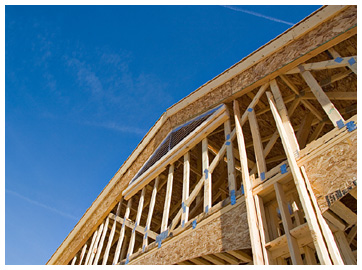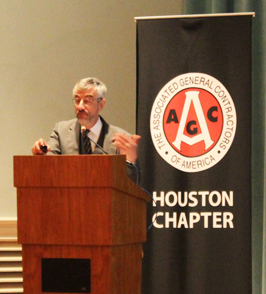AGC's Data DIGest: March 3-7, 2014
Construction employment, spending hit highest levels since 2009; Beige Book is upbeat Editor’s note: Construction Citizen is proud to partner with AGC America to bring you AGC Chief Economist Ken Simonson's Data DIGest. Check back each week to get Ken's expert analysis of what's happening in our industry.
Editor’s note: Construction Citizen is proud to partner with AGC America to bring you AGC Chief Economist Ken Simonson's Data DIGest. Check back each week to get Ken's expert analysis of what's happening in our industry.
Nonfarm payroll employment increased by 175,000, seasonally adjusted, in February and 2,158,000 (1.6%) over 12 months, the Bureau of Labor Statistics (BLS) reported on Friday. Construction employment rose by 15,000 for the month and 152,000 (2.6%) over the year to 5,941,000, the highest total since June 2009. Despite the gain in jobs, aggregate weekly hours fell year-over-year for the first time since April 2011 (-0.5%), indicating severe weather idled many workers. Residential construction employment (residential building and specialty trade contractors) climbed by 1,700 for the month and 101,200 (4.8%) for the year. Nonresidential employment (building, specialty trades, and heavy and civil engineering construction) rose by 12,700 from January and 50,600 (1.4%) year-over-year. All five residential and nonresidential segments added workers for the year. The unemployment rate for jobseekers who last worked in construction fell to the lowest February level in six years ... [node:read-more:link]


 Editor’s note: Construction Citizen is proud to partner with
Editor’s note: Construction Citizen is proud to partner with  Editor’s note: Construction Citizen is proud to partner with
Editor’s note: Construction Citizen is proud to partner with  Editor’s note: Construction Citizen is proud to partner with
Editor’s note: Construction Citizen is proud to partner with  Editor’s note: AGC Houston held their 2014 Annual Chapter Meeting last month where Ken Simonson offered attendees his update about the improving economy and what that means for construction companies in 2014. After talking about Texas’s positive construction employment growth during
Editor’s note: AGC Houston held their 2014 Annual Chapter Meeting last month where Ken Simonson offered attendees his update about the improving economy and what that means for construction companies in 2014. After talking about Texas’s positive construction employment growth during  Editor’s note: Construction Citizen is proud to partner with
Editor’s note: Construction Citizen is proud to partner with 
 Two-thirds of states post job gains; labor costs rise modestly; steel prices go up for now
Two-thirds of states post job gains; labor costs rise modestly; steel prices go up for now Editor’s note:
Editor’s note:  Editor’s note: Construction Citizen is proud to partner with
Editor’s note: Construction Citizen is proud to partner with 